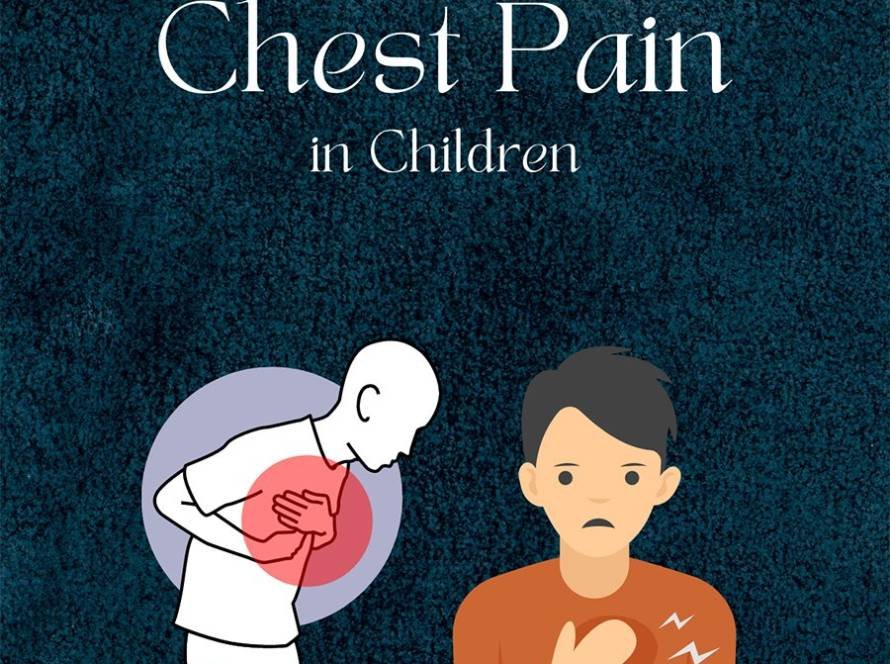A sleep study is a test that records physiological parameters while the child is asleep. Sleep study is done in a special sleep laboratory with the equipment to measure all the various parameters including good video and audio recording.
What are the types of a Sleep Study?
Diagnostic studies could be either a Cardiorespiratory Sleep Study or a Polysomnography (PSG). Details of how these studies are performed, scored and interpreted are available from the American Academy of Sleep Medicine (AASM).
What is Cardiorespiratory Sleep Study?
Cardiorespiratory Sleep Study is a type of sleep study which measures a child’s breathing, snoring and movement whilst your child is asleep.
Which children require a Cardiorespiratory Sleep Study?
Children suspected of having sleep apnea require a sleep study to confirm the diagnosis and know the severity. The following groups of children require a sleep study.
- Suspected sleep apnea in association with enlarged adenoids and tonsils.
- Sleep apnea in the setting of Genetic Syndromes like Craniofacial syndromes (Apert, Crouzon, Pfeiffer), achondroplasia, Down’s syndrome, Obesity syndromes (egPrader Willi), Mucopolysaccharidoses, Pierre Robin sequence etc.
- Sleep apnea in the setting of high risk groups like chronic lung diseases, obesity, Chiari malformation, sickle cell disease, airway disease (vocal cord palsy, tracheo-bronchomalacia etc)
- Sleep apnea in the setting of Neuromusular Disorders with Suspected Nocturnal Hypoventilation like spinal muscular atrophy, duchenne’s muscular dystrophy and other neuromuscular diseases.
What does the sleep study involve?
We attach a variety of sensors at bedtime for the sleep study. These sensors will be attached to your child at their normal bedtime. Our trained technicians will be monitoring the child and the sleep study signals overnight. These signals are recorded onto the software of the sleep lab continuously along with an audio-video recording of the child during sleep.
These sensors in a sleep study are shown in the figure and involve the following
- We measure the effort of breathing with two stretchy bands around the chest and tummy.
- We measure the air breathed in and out by placing a small tube just inside your child’s nose and a plastic sensor stuck above the upper lip.
- We measure heart rate with 4 stickers on your child’s chest.
- We measure movement and body position with sensors attached to the body with sticky tape.
- We measure the oxygen levels with a soft probe wrapped around your child’s toe.
- We record the vibration of snoring from a small sensor on your child’s neck.
- Where would a sleep study be done?
The sleep study is best conducted in a sleep laboratory, which has all the necessary equipment and audio-video recording. Our trained technicians will be constantly monitoring the child and the signals throughout the night. Since the quality of the equipment is extremely good, reliable results are obtained.
Can we do a sleep study at home?
The sleep study can be done at home but their results are not good. This happens due to the quality of the equipment which is used, limited number of channels and no audio-video recording at home. In addition, home studies usually have no technician for monitoring the child and signals. Hence, in-Lab studies are better compared to home sleep studies for children.
How long does it take?
The study lasts one night. We start the study around the bedtime of the child usually 9.30-10 pm and continue it overnight till morning 6-7 am. The child can go home then once the study is completed.
Are there any risks?
Sleep Study is an absolutely safe procedure. There are no injections!!. The sensors which are applied are not painful. Young children sometimes find it upsetting to have these sensors attached, and we will work closely with you & your child to successfully apply these sensors. It may take up to 30 minutes to apply all the sensors.
What happens afterwards?
When your child wakes up and the study has finished the technicians will remove your child’s sensors. We will then discharge you home promptly. Your child can then resume their normal activities.
When will I get the results?
We shall analyze the data of the sleep study in detail over the next 2-3 days and make a detailed summary of the results. We shall then call you to discuss the results and make recommendations for treatment.
What information do we get on a sleep study?
The most important information is the number of apneas (complete obstruction of breathing) and hypopneas (partial obstruction in breathing) in a sleep study. The number of apneas and hypopneas are used to calculate the apnea hypopnea index (AHI) which is defined as the number of apneas and hypopneas per hour of total sleep time. The AHI is the most important parameter defining obstructive sleep apnea (OSA) in children. An AHI<1per hour is considered normal, an AHI between 1-5 per hour represents mild or OSA, 5-10 moderate OSA and >10 severe OSA. In addition, additional information is available from video and audio like snoring, gasps, pauses, apneas, work of breathing and sleep posture.







